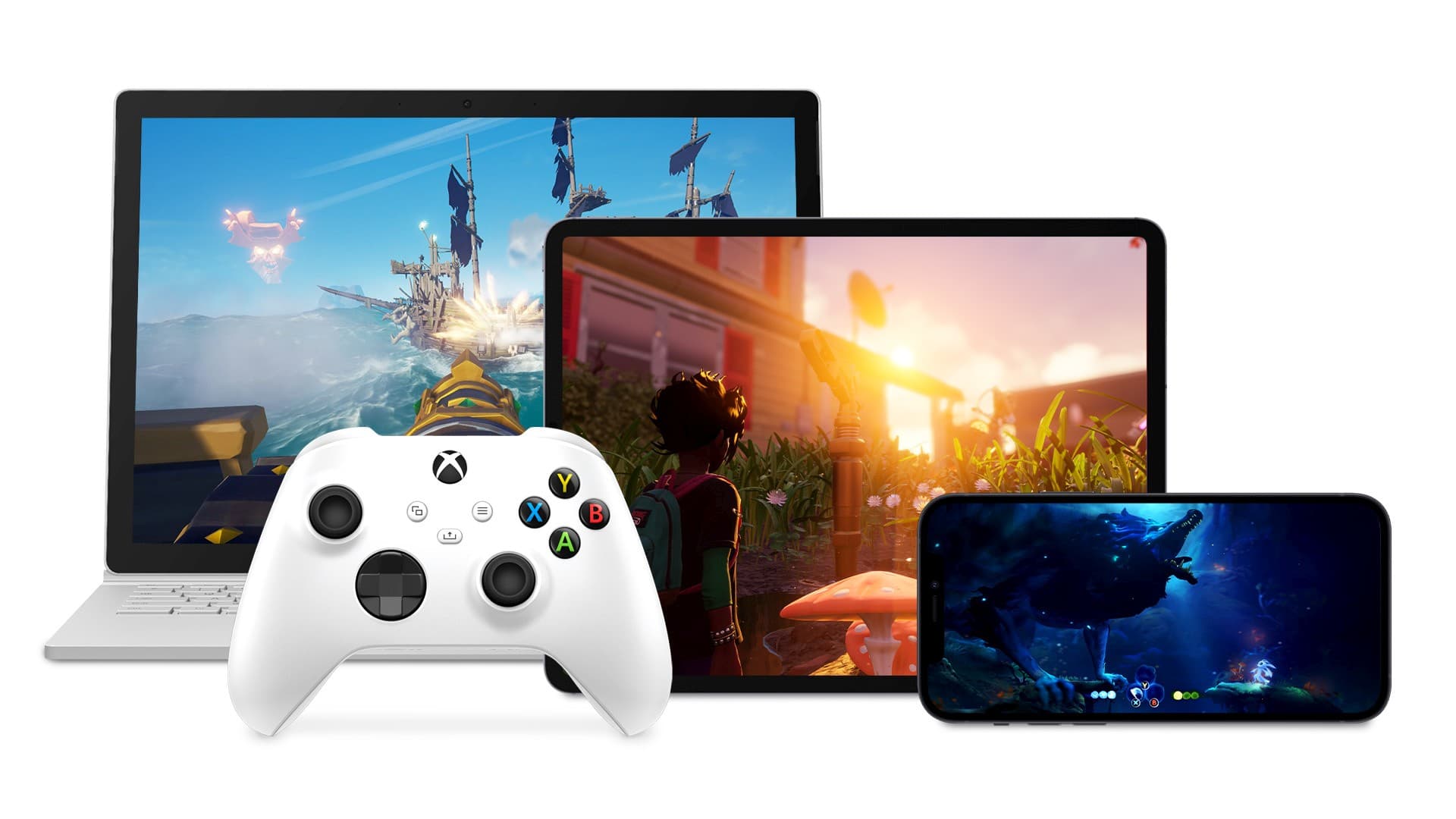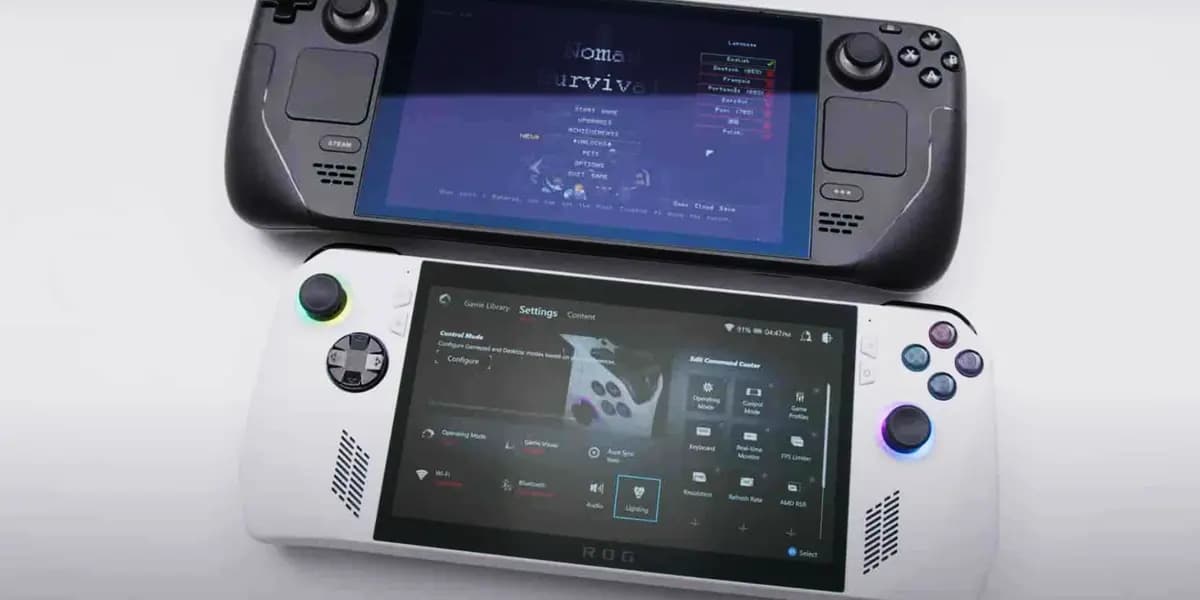
Having now been forced over to Game Pass Ultimate, I’ve now started playing Xbox games away from my Xbox. It was inevitable, as I have been longingly looking at fellow journo’s SteamDecks at various events as they play games anywhere and everywhere. Until recently, uptake on cloud gaming has been slow but this year the topic has been making waves. As such, I wanted to delve into the future of cloud gaming, exploring emerging trends and technologies that are set to reshape the gaming landscape.
The Advantages of Cloud Gaming
Cloud gaming has already shown its potential in revolutionizing the way we play. Some of its key advantages include:
1. Accessibility: One of the most significant advantages of cloud gaming is its accessibility. It eliminates the need for high-end gaming hardware, allowing users to enjoy graphics-intensive games on low-end devices like smartphones and tablets. This accessibility democratizes gaming, making it available to a broader audience.
2. Storage Efficiency: Cloud gaming also addresses the perennial storage problem. With games streamed directly from servers, players no longer need to worry about large downloads and hefty storage requirements. This is a game-changer, particularly for those with limited storage space on their devices.
3. Gaming on the Go: The rise of handheld cloud gaming consoles, such as Steamdeck, ASUS Rog, and Logitech G Cloud, is set to redefine portable gaming. Gamers can now enjoy their favorite titles wherever they go, whether it’s on their daily commute or during long travels.

The Cloud Gaming Challenges: Latency and Connectivity
While cloud gaming offers a glimpse into the future of gaming, it’s not without its challenges. Two significant hurdles stand out:
1. Latency: One of the primary limitations of cloud gaming is latency—the delay between a player’s input and the game’s response. This can significantly impact the gameplay experience, particularly in fast-paced genres like first-person shooters. Overcoming latency issues is essential for cloud gaming to reach its full potential.
2. Internet Connectivity: A stable internet connection is the lifeblood of cloud gaming. Slow or unreliable connections can lead to lag and subpar video quality. This dependence on internet quality can be a roadblock for users in areas with limited internet infrastructure.
A Glimpse into Cloud Gaming’s Future
Despite its challenges, cloud gaming’s future looks promising, with several exciting developments on the horizon:
1. Game Development for the Cloud: We can expect more games to be developed explicitly for cloud gaming. These titles will leverage the unique capabilities and infrastructure of cloud gaming services, offering experiences that were previously impossible on traditional platforms.
2. Improved Latency and Video Quality: As global internet speeds continue to rise, the issue of latency is gradually being mitigated. Innovations in video compression technology will further enhance video quality, ensuring a smoother gaming experience for users, even with slower internet connections.
The Call for Online Gaming
While cloud gaming is a significant step forward, it’s important to note that not all gaming will move exclusively online and into the cloud. Local gaming and traditional setups still have their place in the industry. However, cloud gaming services like GeForce NOW and Xbox Cloud Gaming offer an alternative and complement to traditional gaming methods. For example, you can visit Ricky Casino Australia and see it for yourself.
In conclusion, cloud gaming is poised to play a more prominent role in the future of gaming. With the advent of handheld cloud gaming consoles and continuous improvements in technology, the gaming landscape is evolving rapidly. While challenges remain, the allure of accessible, storage-efficient, and on-the-go gaming experiences makes the future of cloud gaming a bright one.
The post The Future of Cloud Gaming appeared first on Gaming Debugged | Gaming Site Covering Xbox, Indies, News, Features and Gaming Tech.




0 Comments